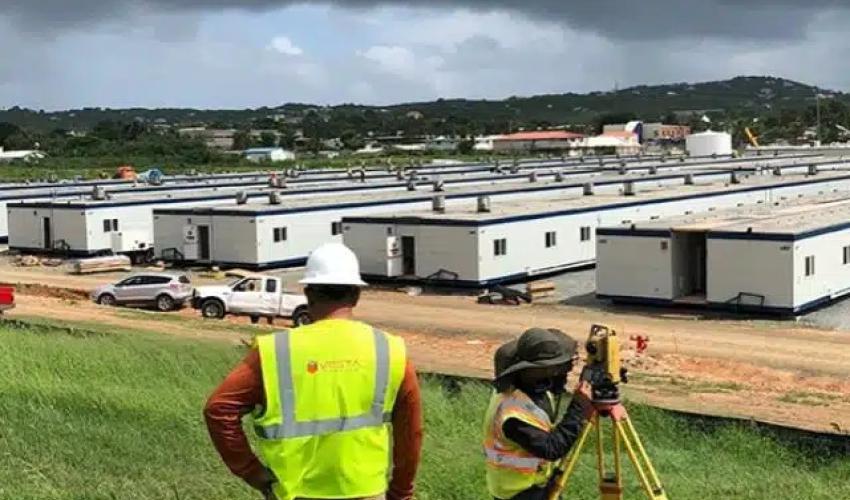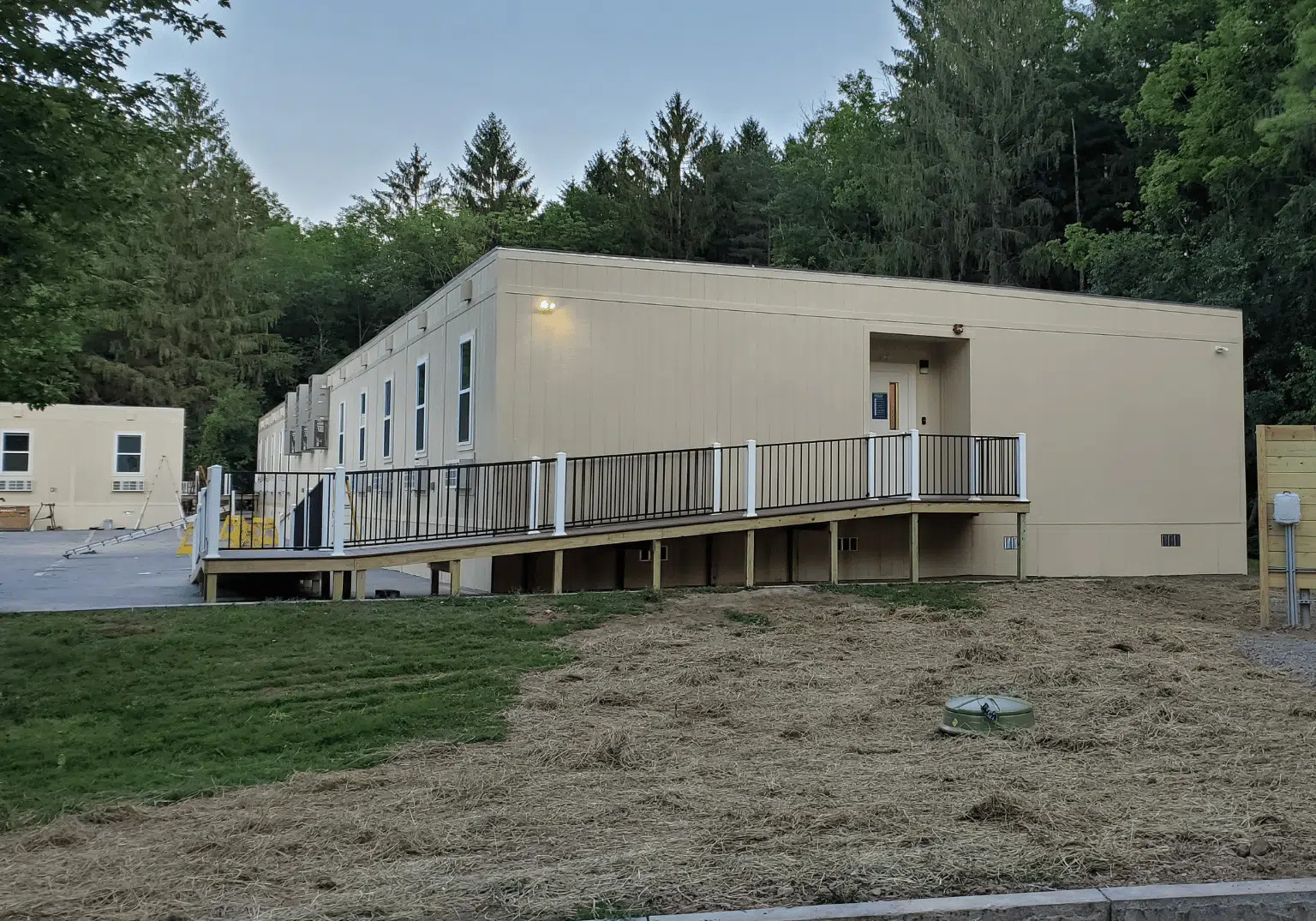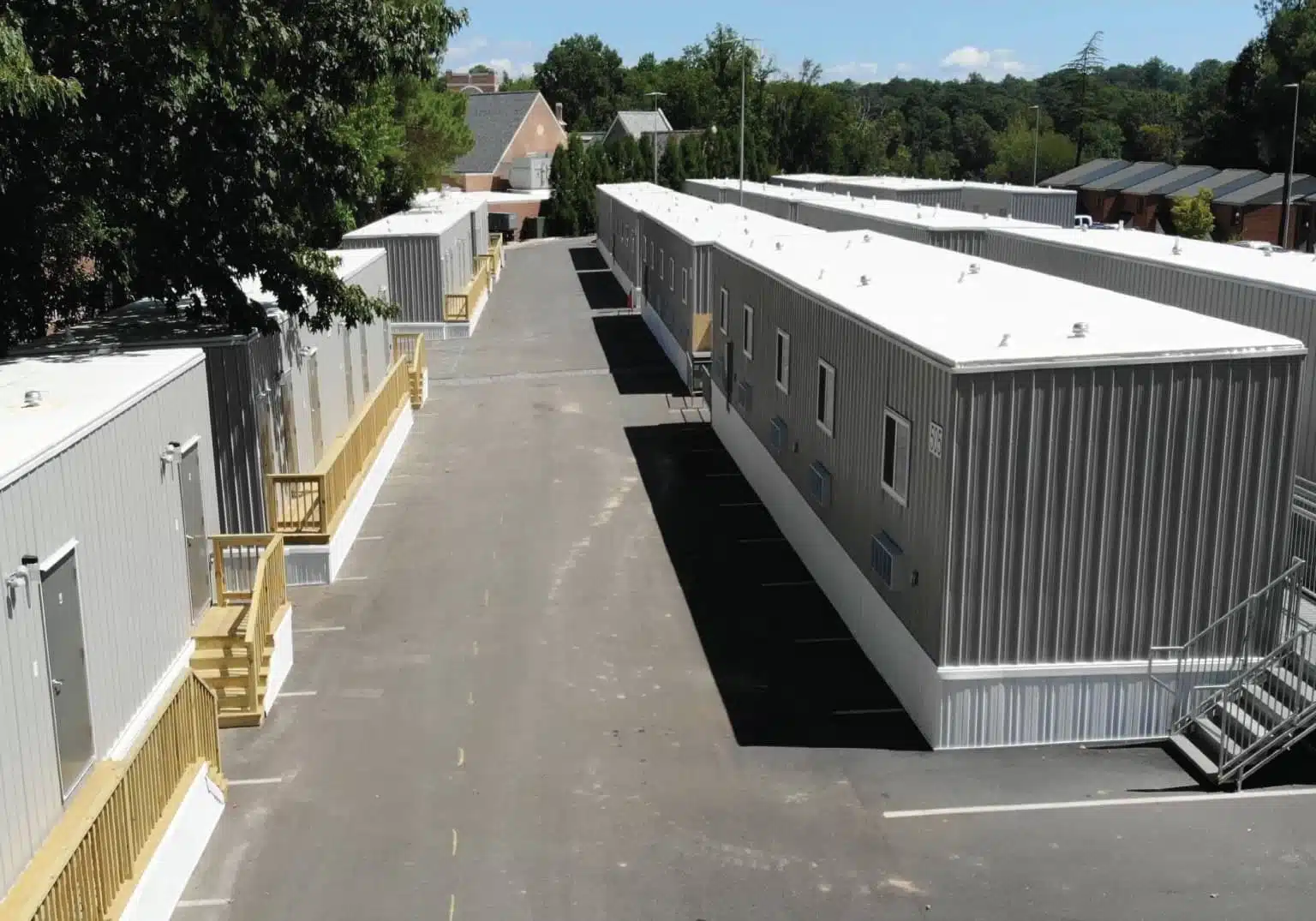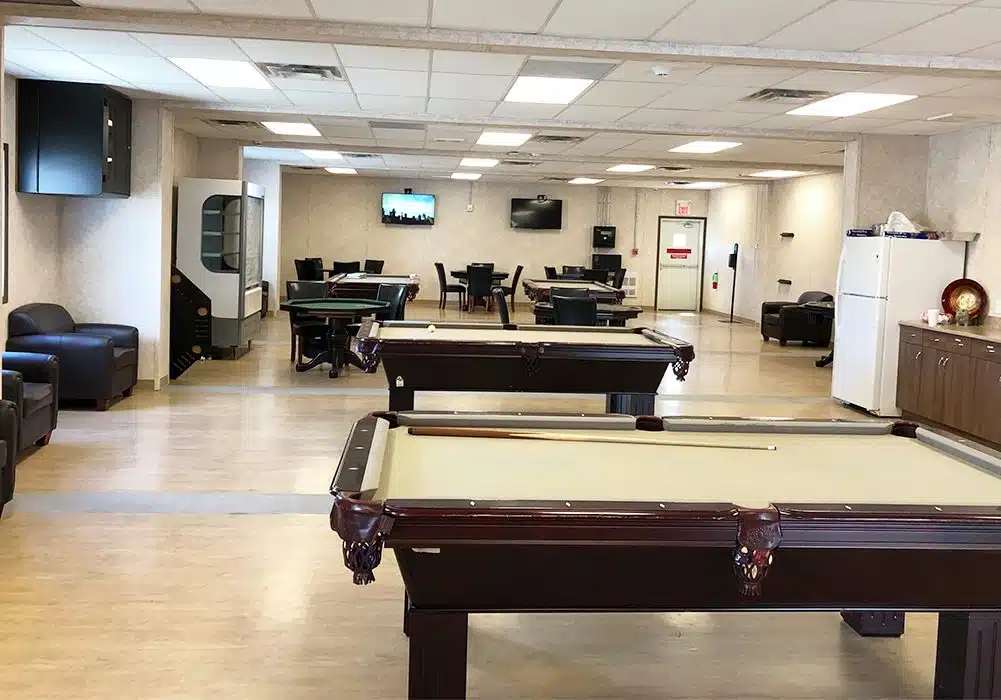A Buyer’s Guide To Workforce Housing
As the gap between wages and rent for low-income families continues to grow, the construction industry is facing a workforce housing challenge like never before. Across the US, workers are finding it increasingly difficult to pay rent for basic housing facilities, despite putting in longer shifts and working full-time.
There Is A Growing Need For Affordable Workforce Housing
According to recent construction cost indices, construction prices have shown a steady increase over the past few years. In comparison, wages haven't kept pace, leading to a significant shortage of affordable workplace housing. Studies indicate that the United States faces a severe shortage of homes for low-income residents. The escalating cost of housing means that many are forced to allocate over 70% of their total income on rent, or risk homelessness. This contrasts sharply with federal guidelines, which recommend housing expenses to be no more than 30% of one's income. Such disparity forces individuals to sacrifice basic necessities like childcare, health care, nutrition, and transportation.
Modular Construction – The Solution To Workforce Housing?
With the challenge of rising costs, developers are exploring cost-effective construction solutions that don't compromise on quality, such as modular construction. The pivotal question is: can modular construction be the key to affordable housing? Here's a comprehensive overview of modular housing to guide your decision-making.
The Buildings Can Be Erected Faster
Traditional construction begins with the foundation, progressing to subsequent floors. In contrast, modular buildings are constructed securely in a factory setting. Concurrently, groundwork can commence on-site, enabling projects to meet stringent deadlines. This translates to reduced construction timelines, potentially up to 50% shorter than traditional methods. The expedited process also facilitates quicker occupancy, a boon for workers previously grappling with housing challenges.
There Is Massive Potential For Cost Reduction
The controlled environment of modular construction is transformative. It not only enhances safety but also minimizes waste and boosts work efficiency—leading to cost savings. Factors like weather-related delays and on-site accidents, which escalate costs, are mitigated. Taking all these into account, costs can potentially be reduced by up to 20%.
Reduced Need For Skilled Construction Labor
A significant contributor to escalating construction costs is the industry's shortage of skilled labor. The 2009 recession impacted the construction sector, leading to a dearth of young, skilled professionals. Although the industry has rebounded, it grapples with an aging skilled workforce. Modular projects make it feasible to attract workers who might be deterred by the physical rigors of conventional construction. The allure of a factory environment also simplifies the recruitment of unskilled labor, offering them training in a safer setting. This ready availability of labor aligns with the rapid pace at which housing demand is growing.
Conclusion
The buzz around workforce housing has surged recently, primarily due to the scarcity of housing for low-income families. While modular construction is still evolving, it presents a promising solution to the nationwide affordable housing dilemma. With its cost-effectiveness, swift delivery, and adaptability for low-income households, modular housing might indeed be the future of 'affordable' workforce housing.





